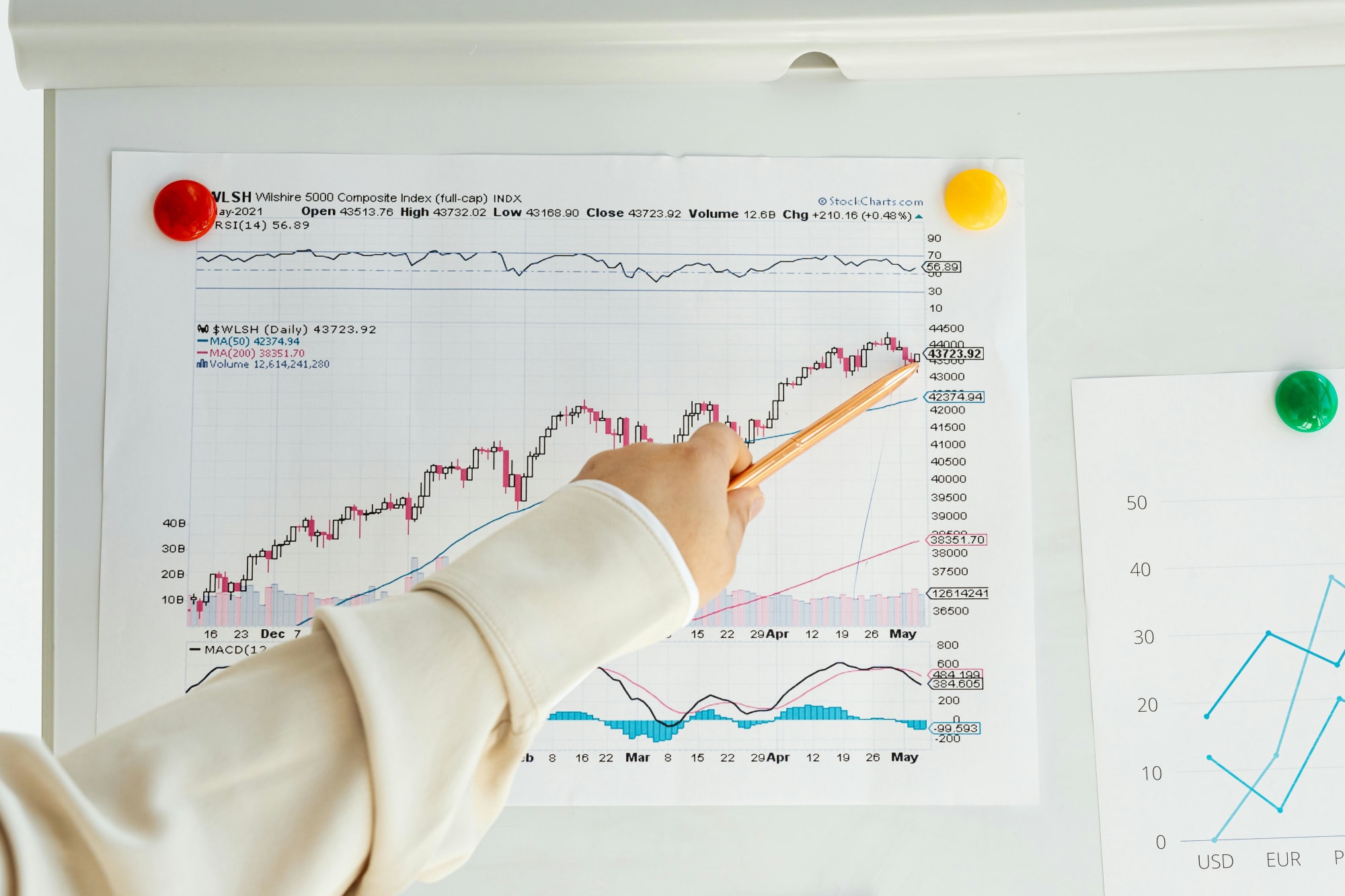Invest
Sectors set for $60bn hit: Who and what will be worst affected?
COVID-19 is “carving a path through the incomes of Australians”, with new modelling forecasting billion-dollar income and profit hits across more than 15 Australian sectors. So, what industries will suffer the most?
Sectors set for $60bn hit: Who and what will be worst affected?
COVID-19 is “carving a path through the incomes of Australians”, with new modelling forecasting billion-dollar income and profit hits across more than 15 Australian sectors. So, what industries will suffer the most?

Chris Richardson is an economist and partner at Deloitte Access Economics who has predicted the almost $60 billion hit to the Australian economy in just four months and has flagged that the period from 1 April to 31 July will be “the likely deepest period of pain”.
Concerningly, the calculations made around lost wages and profits have already allowed for “the extraordinary support to families and businesses that has been rolled out by the federal government”, such as JobKeeper.
From numbers crunched by Deloitte Access Economics, the economic adviser has estimated that cafes, restaurants, pubs, hotels and motels (accommodation and food services) will be hit hardest over the four-month period – short around $8 billion in lost wages and profits.
“That’s the biggest hit to any industry, especially given that this is a small industry, accounting for only about one-fortieth of the economy overall,” Mr Richardson noted.

“The pain of lost incomes isn’t equally distributed. Not surprisingly, the deeper the lockdown impacts, the deeper the income losses.”
Arts and recreation – a sector comprised of gyms, sport, entertainment centres, conference centres, movie theatres and playhouses, is expected to be a close second in terms of impact – with profits and income losses of around $6.5 billion.
The third hardest hit sector is taking a big $5 billion hit – but that’s mostly because it’s a big industry, according to Deloitte.
Mining is likely to see a $5 billion drop in individual earnings and profit due to the struggles it is facing to get interstate fly-in, fly-out workers onsite.
In addition, several export earnings are suffering: “The record-low oil prices seen around the world also mean lower gas prices. Given that Australia is now the world’s largest or second largest gas exporter, that’s draining dollars we’d otherwise be earning.”
Construction is close behind, with just under $5 billion in lost earnings expected, despite the best efforts of all three tiers of government to speed up or add to the construction pipeline.
“A bunch of private sector projects are slowing, and some projects are being put on hold, as businesses reassess the need to build,” Deloitte flagged.
Coming in fifth and sixth place, respectively, based on probable profit hits, are professional services and banking and finance.
This is despite demand being up in areas such as IT, which contrasts with heavy losses in advertising, while lawyers and accountants are seeing less work alongside the fall in national commercial activity.
Manufacturing, rental and real estate, and retail can all expect income and profit losses of around $3 billion apiece, with Deloitte acknowledging retail as “a surprise packet in this list”.
“The hardest hit parts of that sector are obvious in any shopping mall and in a series of high-profile layoffs and stand-downs,” Mr Richardson conceded.
“But don’t forget that supermarkets are open, online sales are strong, and a bunch of specialty stores (such as hardware) are trading with social distancing rules in place.”
At the lower end of the scale, (although still predicted to see losses of up to $2.5 billion) are the sectors where taxpayers pay many (or all) of the bills, meaning that income losses are rather smaller, Deloitte explained.
Healthcare, wholesaling, information and telecoms, transport and postal, farming, the public sector and utilities will also see major drops.
Not beating around the bush, Mr Richardson commented, “These income losses are awful. Some small businesses have closed their doors forever.”
“But Australia has fought a world-class fight against the coronavirus, and it increasingly looks as if the worst will soon be behind us,” the forecast concluded.
About the author

About the author


Economy
RBA's hawkish stance reflects inflation concerns, State Street economist comments
In a recent statement, the Reserve Bank of Australia (RBA) has signaled a hawkish stance on interest rates, drawing insights from financial experts about the implications for Australia's economic ...Read more

Economy
Navigating the inflation maze: How CFOs can outsmart economic hurdles in Australia
Fresh inflation data have cooled expectations of near-term rate cuts in Australia, intensifying pressure on margins, capital allocation and demand. Rather than wait for monetary relief that may not ...Read more

Economy
Inflation concerns rise as Australia's CPI climbs to 3.8% in October
Australia's latest Consumer Price Index (CPI) figures have sent ripples through the economy, with headline inflation accelerating to 3.8% year-on-year in October, up from 3.6% in September. The data, ...Read more

Economy
October CPI results pose challenges for RBA’s monetary policy stance
In a surprising turn of events, the October Consumer Price Index (CPI) data has raised eyebrows among economists and market strategists, revealing stronger-than-expected inflationary pressures in ...Read more

Economy
Global deal activity declines by 6% amid economic uncertainty, reports GlobalData
In a year characterised by economic turbulence and evolving market conditions, global deal activity has witnessed a notable downturn during the first ten months of 2025. According to GlobalData, a ...Read more

Economy
Australia’s softening labour market puts another RBA cut in play — here’s what business should do now
A four-year high in unemployment has revived expectations the Reserve Bank could deliver another rate cut as soon as November. With quarterly GDP growth running at 0.6 per cent and annual growth at ...Read more

Economy
Rising CPI reinforces RBA’s stance as rate cut expectations remain: State Street
State Street Global Advisors says the Reserve Bank of Australia (RBA) is likely to hold its current policy outlook following the release of September quarter inflation data, which showed an unexpected ...Read more

Economy
NSW SES boosts tsunami preparedness ahead of World Tsunami Awareness Day
As World Tsunami Awareness Day approaches on 5 November, the New South Wales State Emergency Service (NSW SES) is ramping up efforts to enhance tsunami preparedness along the east coastRead more

Economy
RBA's hawkish stance reflects inflation concerns, State Street economist comments
In a recent statement, the Reserve Bank of Australia (RBA) has signaled a hawkish stance on interest rates, drawing insights from financial experts about the implications for Australia's economic ...Read more

Economy
Navigating the inflation maze: How CFOs can outsmart economic hurdles in Australia
Fresh inflation data have cooled expectations of near-term rate cuts in Australia, intensifying pressure on margins, capital allocation and demand. Rather than wait for monetary relief that may not ...Read more

Economy
Inflation concerns rise as Australia's CPI climbs to 3.8% in October
Australia's latest Consumer Price Index (CPI) figures have sent ripples through the economy, with headline inflation accelerating to 3.8% year-on-year in October, up from 3.6% in September. The data, ...Read more

Economy
October CPI results pose challenges for RBA’s monetary policy stance
In a surprising turn of events, the October Consumer Price Index (CPI) data has raised eyebrows among economists and market strategists, revealing stronger-than-expected inflationary pressures in ...Read more

Economy
Global deal activity declines by 6% amid economic uncertainty, reports GlobalData
In a year characterised by economic turbulence and evolving market conditions, global deal activity has witnessed a notable downturn during the first ten months of 2025. According to GlobalData, a ...Read more

Economy
Australia’s softening labour market puts another RBA cut in play — here’s what business should do now
A four-year high in unemployment has revived expectations the Reserve Bank could deliver another rate cut as soon as November. With quarterly GDP growth running at 0.6 per cent and annual growth at ...Read more

Economy
Rising CPI reinforces RBA’s stance as rate cut expectations remain: State Street
State Street Global Advisors says the Reserve Bank of Australia (RBA) is likely to hold its current policy outlook following the release of September quarter inflation data, which showed an unexpected ...Read more

Economy
NSW SES boosts tsunami preparedness ahead of World Tsunami Awareness Day
As World Tsunami Awareness Day approaches on 5 November, the New South Wales State Emergency Service (NSW SES) is ramping up efforts to enhance tsunami preparedness along the east coastRead more








